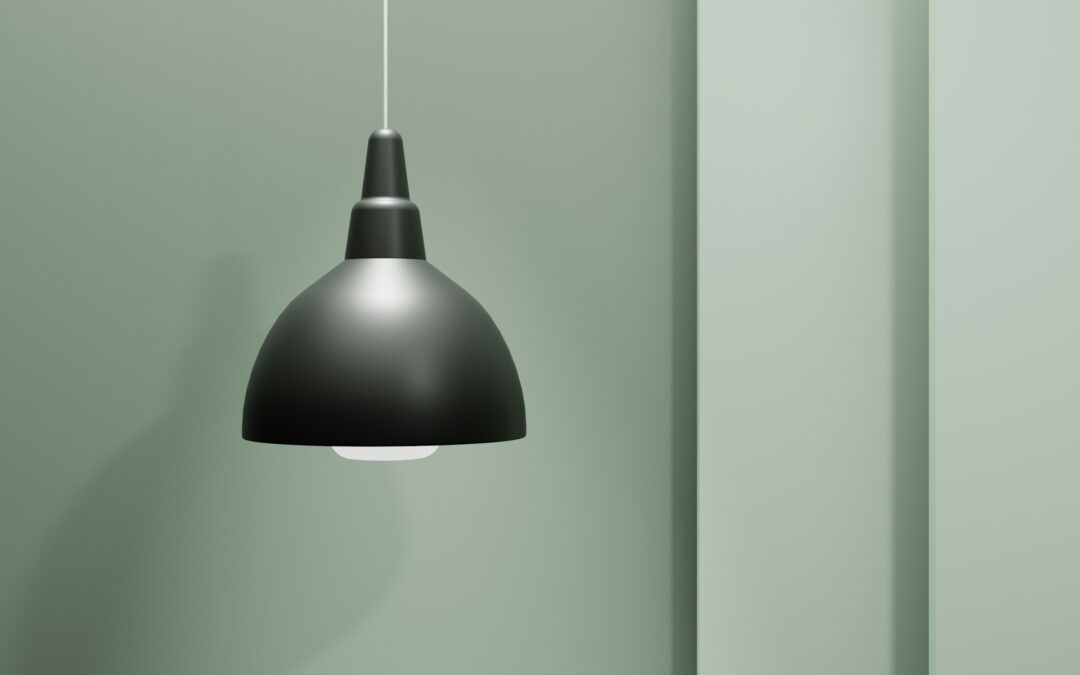Changing outdated light fixtures is a great way to refresh the look of your home without a major renovation. New fixtures can instantly modernize a space, bringing a fresh vibe that complements your decor. And the best part? You can do it yourself with some basic tools and careful preparation.
Before you start the process, it’s important to plan. Ensure you have everything you need, from safety equipment to the right tools, which guarantees a smooth project. Picking a new fixture that matches your home’s style and lighting needs is also crucial. Once you’ve gathered your tools and selected your fixture, you’re ready to proceed.
Safety should be your top priority throughout this project. By carefully following the steps to disconnect the power and remove the old fixture, you minimize risks while ensuring a successful installation. Updating your light fixtures not only enhances your environment but also provides a satisfying sense of accomplishment. Whether you’re sprucing up one room or several, installing new light fixtures is a rewarding project for any homeowner.
Preparing for the Light Fixture Change
Changing an outdated light fixture starts with careful preparation. Safety comes first, so your initial task is to turn off the power. Locate the correct circuit breaker and switch it off to prevent any electrical accidents. It’s essential to double-check that the power is off by using a voltage tester to make sure there’s no current running to the fixture.
Next, gather the necessary tools. Equip yourself with a screwdriver for unscrewing the fixture, a wire stripper for preparing the wires, a voltage tester to confirm power status, and a sturdy ladder if your fixture is up high. Having all tools ready before starting the project keeps the process smooth and efficient.
Choosing the right replacement fixture is also crucial. Consider the style and finish to ensure it matches your room decor. Check the size of the new fixture to make sure it fits the space as well as the old fixture’s footprint. Compatibility with your existing electrical setup is key – look into the mounting options and expected weight of the new light to confirm it’s safe and secure.
Removing the Old Light Fixture
Once you’re prepared, it’s time to remove the old light fixture. Start by disconnecting the wiring. Carefully remove the wire nuts that connect the fixture wires to the house wiring, keeping track of which wires connect to each other. Gently detach the wires, ensuring they do not touch until you install the new fixture.
With the wires safely disconnected, detach the old fixture by unscrewing it from the ceiling or wall. Securely hold the fixture as you loosen the screws to prevent it from falling. Once the screws are out, safely lower the fixture and set it aside.
Finally, check the electrical box. Ensure that it is secure and is rated for the weight of the new fixture. This box should be fixed firmly to the structure of your home; a loose electrical box could cause future problems.
Confirm that the electrical box is compatible with the new fixture’s mounting bracket for a snug and proper fit. This step ensures a safe and reliable installation of your new light fixture.
Installing the New Light Fixture
Once you’ve removed the old fixture and prepared the area, it’s time to install the new light fixture. Begin by attaching the mounting bracket. Most new fixtures come with a mounting bracket in the package, which needs to be secured to the electrical box. This step is crucial to ensure your fixture remains stable and correctly positioned.
Next, connect the wires. Align the wires from the fixture with those from your ceiling or wall. Typically, you’ll have black (hot), white (neutral), and green or copper (ground) wires. Use wire nuts to join these, ensuring each connection is secure to avoid any electrical issues. Tug gently on the wires to test their stability; they should not come loose with a slight pull.
With the wiring connected, secure and hang the fixture. Carefully lift the fixture and align it with the mounting bracket, screwing it into place. Ensure it’s evenly positioned and tightly secured against the ceiling or wall so that it won’t tilt or wobble. Check that all components, such as shades or glass panels, are fitted as per the manufacturer’s instructions to complete the installation.
Final Checks and Testing
The installation process isn’t complete until you conduct final checks and testing. First, restore power by carefully turning the circuit breaker back on. This step ensures that your new light fixture powers up without tripping any breakers or causing electrical problems.
After restoring power, test the light fixture. Insert suitable bulbs if they weren’t pre-installed, and then flick the switch to verify that the light works properly. This test confirms that your wiring is correct and that the fixture functions as expected.
Finally, clean and adjust your fixture. Use a soft cloth to wipe down any fingerprints or smudges left during installation. Adjust any hanging elements or shades to ensure they sit properly and look their best. These final touches make your new light fixture shine, completing the project beautifully.
Conclusion
Updating your light fixtures is a rewarding task that brightens your home while adding a modern touch. By following these practical steps, you ensure that your new fixtures are installed safely and securely. Regular maintenance and timely updates can help keep your home’s appearance fresh and vibrant.
Whether tackling a single room or overhauling multiple spaces, light fixture upgrades are a fantastic do-it-yourself project. If you prefer professional assistance or have other home repair needs, rely on the expertise of Quality Handyman & Home Repair.
With a reputation for excellence, our professional handyman in Overland Park and Johnson County is here to ensure your home remains in perfect condition. Reach out to us today to experience seamless service and top-notch results that you can trust.
